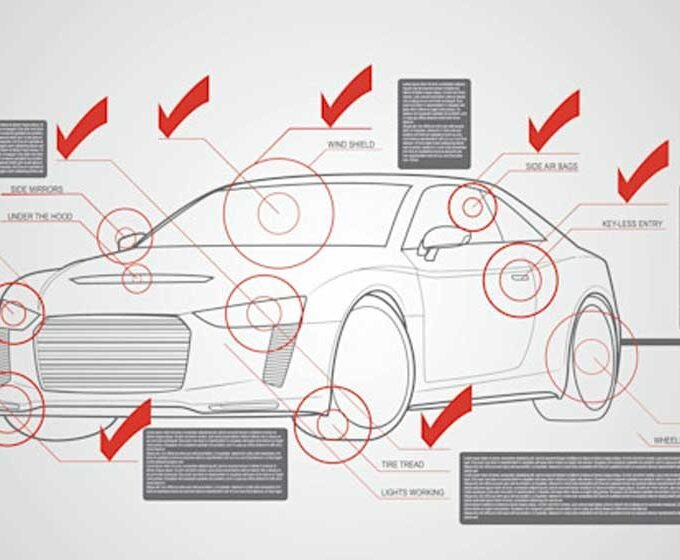If you look at different sci-fi films, cars have always been the focus of technological advancement. From flying cars to cars that can drive on water, there have been many ideas of how the future will look.
Self-driving cars are no longer a thing of imagination as they are currently being developed and tested all over the world. So, what are they and how do they work?
What are self-driving cars?
Self-driving cars are sometimes known as autonomous cars or driverless cars. These vehicles use a combination of sensors, artificial intelligence (AI), and cameras to move across roads that have not been adapted for their use, without a human operator.
Self-driving cars are being developed by companies such as Ford, General Motors, and Tesla. Google conducted a test with a fleet of cars in 2012 that were able to navigate around 140,000 miles of streets and highways in California.
How do self-driving cars work?
Self-driving cars are controlled by a finely tuned combination of sensors, cameras, and radars which all feed into AI-based software.
Proximity sensors are used in self-driving cars to monitor how close the vehicle is to curbs, other cars, pedestrians, and any other hazards that may be on the road. By constantly measuring these spaces, the self-driving software can keep the car in a safe position on the roads.
Similarly, cameras are placed all around the car and are used to identify pedestrians and other hazards that may impede the car. By identifying these, the software can adjust the route of the car and avoid a potential accident.
The pros
Human error is the cause of the majority of road-based accidents, so self-driving cars will eliminate the majority of those. The algorithm that powers the car cannot be affected by drugs, alcohol, or tiredness like humans can.
The self-driving software is also able to choose the quickest and most fuel-efficient route far quicker and more accurately than a human can. When it comes to braking and accelerating, self-driving cars perform these functions a lot more smoothly which reduces the emissions from the car as well as protects it from damage.
Self-driving cars also have the potential to give independence to people who may struggle with a normal car. For example, disabled people who cannot drive or elderly people may benefit from these vehicles. Rather than relying on public transport or family they could get out and regain their independence.
The cons
As with all electronic systems, there is a risk of hacking – even the most secure computers get hacked occasionally so it is inevitable that cars will fall victim as well. This means that there is a risk of cars being taken over and used for criminal activity or to harm people.
There is also a concern about the variation of roads that a car may have to tackle. For example, a newly built freeway will be easier for a self-driving car to navigate than an unmade rural lane. It may be that without standardized infrastructure, car programmers will struggle to ensure consistency across all roads.
















